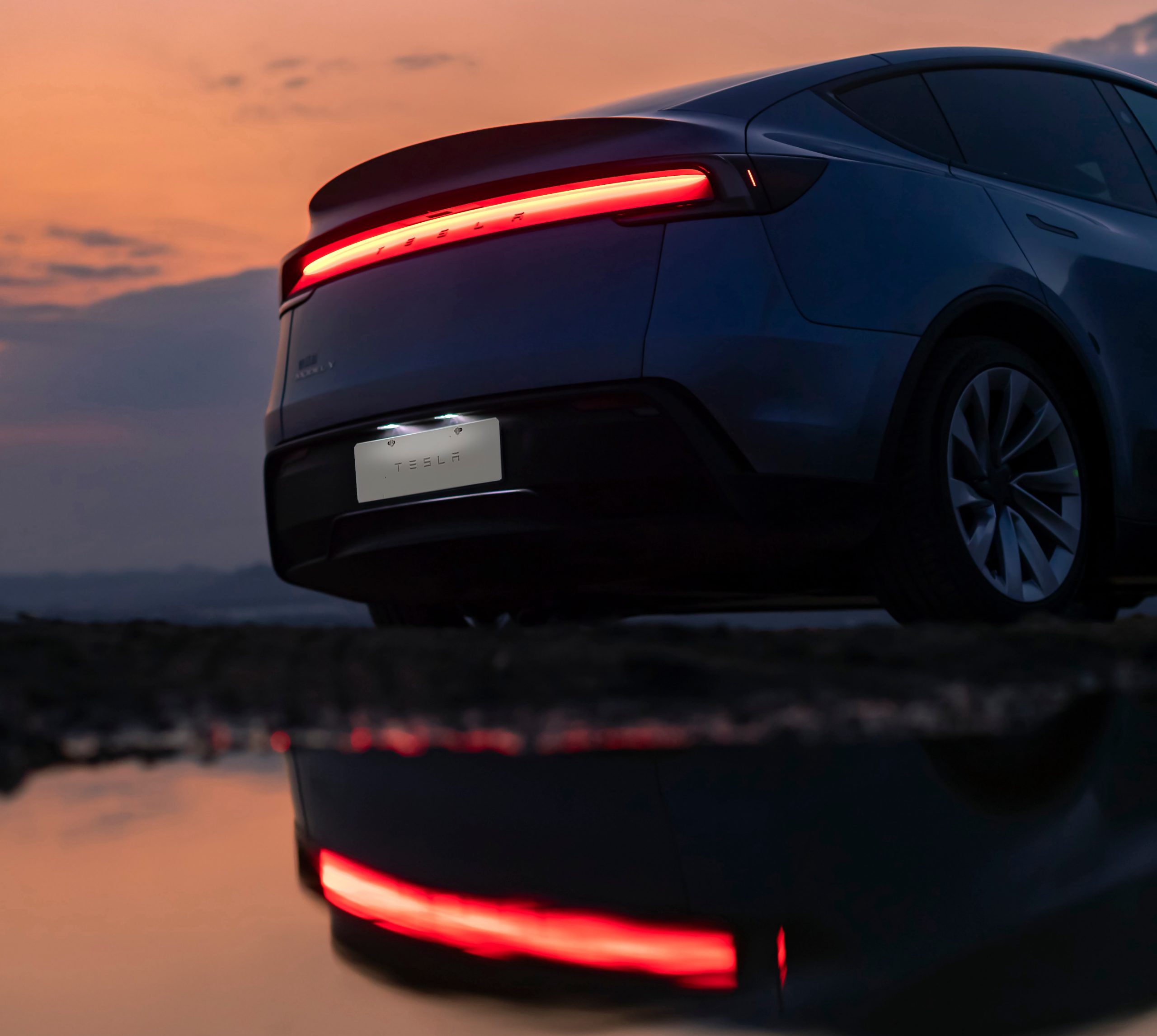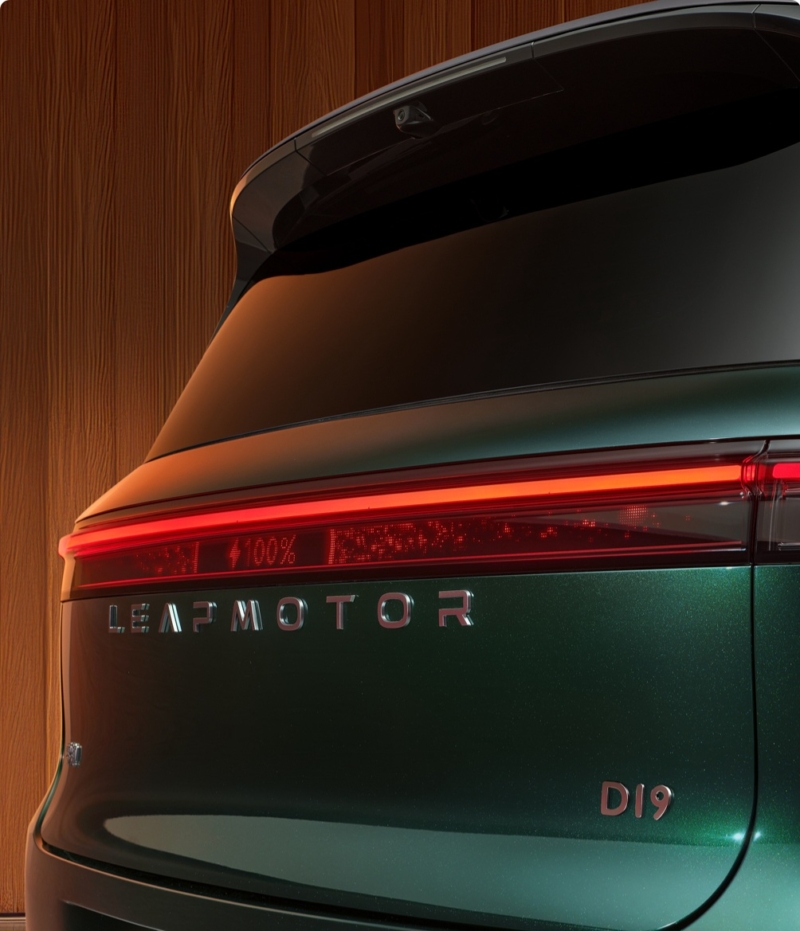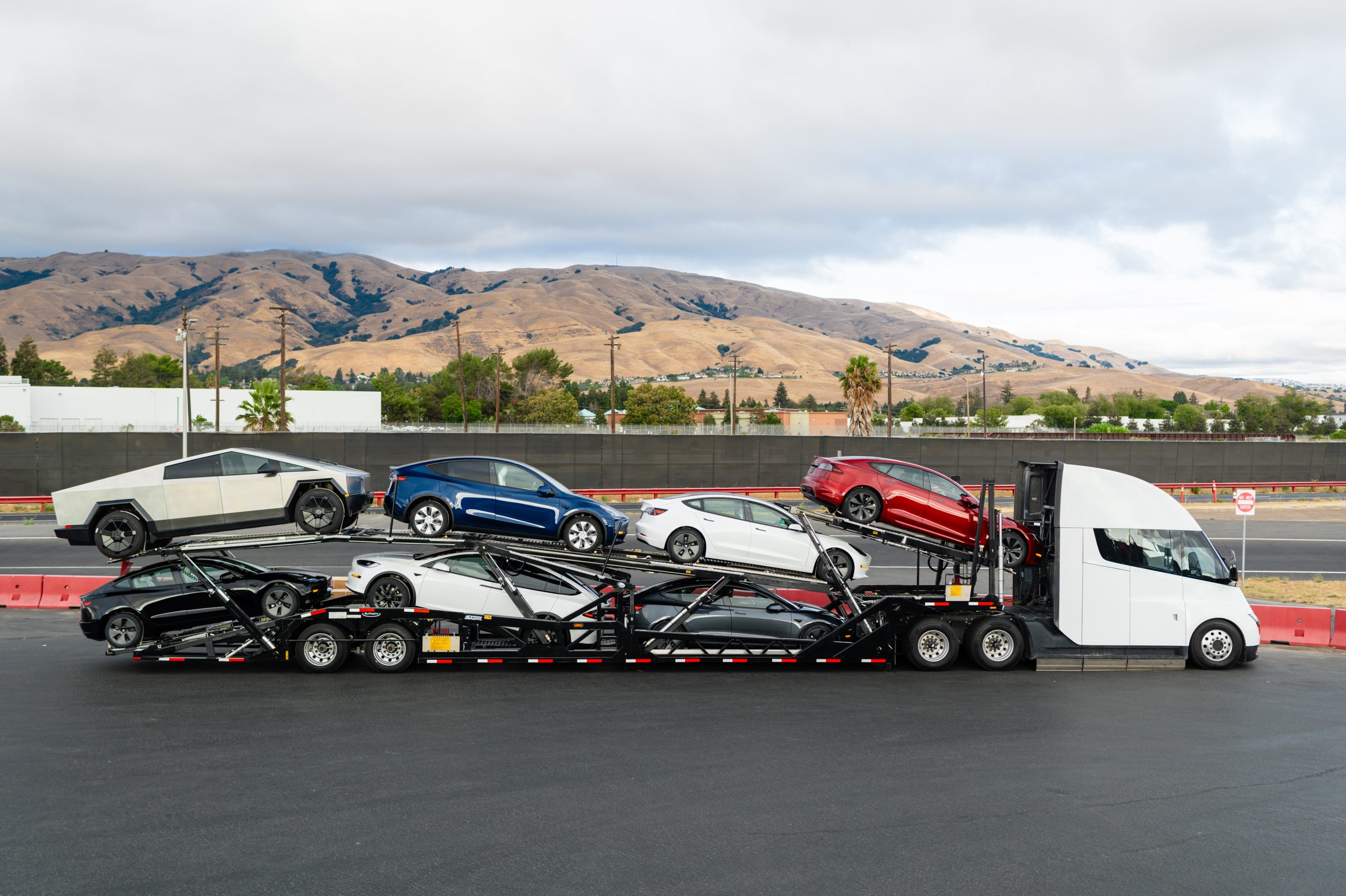Tesla FSD's New Mad Max Mode Garners Enthusiastic User Feedback
Covers infotainment, ADAS and software updates. Daily: Hyundai Ioniq 5. Project car: NB Miata with a homebrew CarPlay retrofit.
Tesla's latest Full Self-Driving (FSD) update, featuring the much-anticipated Mad Max mode, is receiving enthusiastic reviews from users. Launched as part of the FSD (Supervised) V14.1.2, this new mode promises enhanced performance with higher speeds and more frequent lane changes, marking a significant advancement in Tesla's autonomous driving capabilities.
The release of Tesla's Mad Max mode has sparked a flurry of activity among Tesla's dedicated community of FSD testers and enthusiasts. As soon as the update was available for download, numerous users took to social media, particularly the platform X, to share their experiences with the new mode. Many testers, including veteran Tesla owner @BLKMDL3, have praised the assertiveness and practicality of Mad Max mode, particularly in handling the notorious traffic conditions of Los Angeles. The feature has been described as a perfect blend of caution and assertiveness, making it ideal for urban environments where traffic conditions can be unpredictable and challenging.
Mad Max mode's appeal lies in its ability to navigate heavy traffic with confidence, a sentiment echoed by users like Sawyer Merritt and Dirty Tesla. These testers have highlighted the mode's smoother acceleration and safe yet rapid driving style, which allows vehicles to integrate seamlessly into congested traffic flows. Tesla's Head of AI, Ashok Elluswamy, emphasized that Mad Max mode was specifically designed to address the challenges of daytime congestion, offering a solution to what many drivers find to be one of the most stressful aspects of daily commuting. According to Elluswamy, the mode's decision-making capabilities truly shine during peak traffic hours, showcasing Tesla's commitment to refining autonomous driving.
Beyond its performance in traffic, Mad Max mode is also gaining attention for its adaptability on open roads. While primarily designed for urban use, the mode's ability to accelerate quickly when the road is clear adds to its versatility. This feature has been noted by testers who appreciate the balance between speed and safety that Mad Max mode provides. Videos shared by users demonstrate the software's adeptness at handling various driving scenarios, reinforcing Tesla's progress towards achieving more sophisticated levels of autonomy.
The introduction of Mad Max mode is not just a technological update but a strategic step in Tesla's broader vision for autonomous driving. With each software iteration, Tesla moves closer to realizing Elon Musk's vision of a fully autonomous vehicle. This latest update, therefore, represents not only a practical enhancement for current Tesla owners but also a glimpse into the future of transportation where vehicles can handle the complexities of real-world driving with minimal human intervention. The company's approach to iterative development and user feedback continues to drive its advancements in AI and machine learning.
As Tesla continues to innovate and push the boundaries of automotive technology, the release of Mad Max mode is a testament to the company's commitment to improving the driving experience. It highlights Tesla's strategy of leveraging user feedback to refine its products, ensuring they meet the needs of its users while setting new standards in the industry. Moving forward, Tesla's focus on autonomy and AI-driven solutions will likely continue to captivate both current and prospective customers, solidifying its position as a leader in the transition to a future where driving is safer, more efficient, and less burdensome.
About Noah Stein
Covers infotainment, ADAS and software updates. Daily: Hyundai Ioniq 5. Project car: NB Miata with a homebrew CarPlay retrofit.



